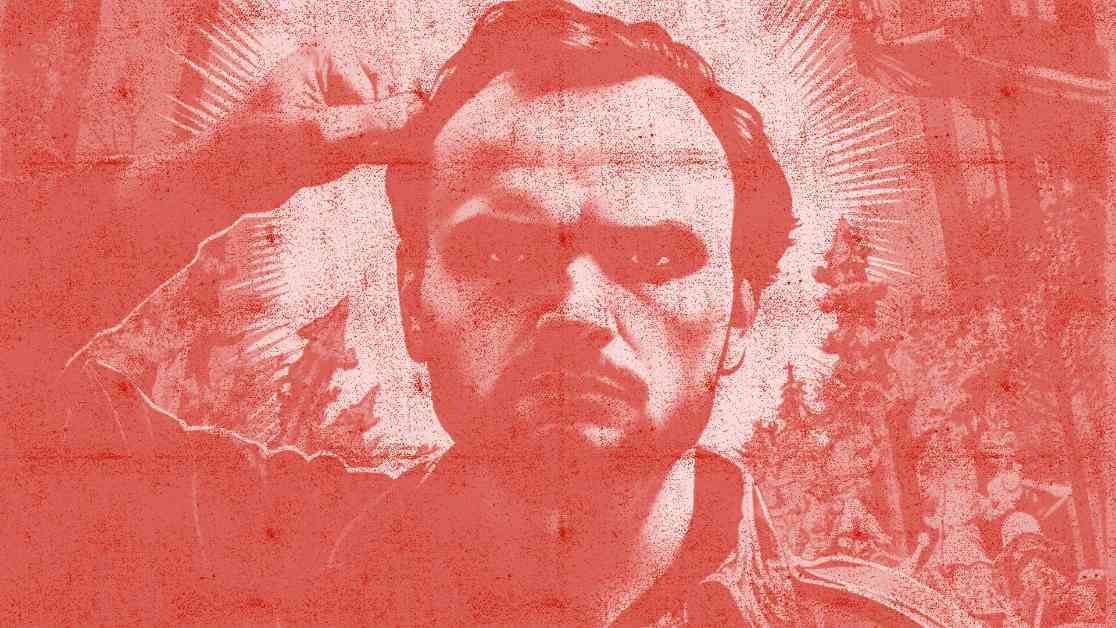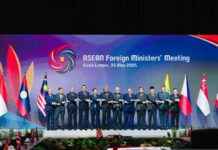From Nazi to Polri: A Visual Journey through Film Propaganda
In the world of cinema, propaganda has played a significant role in shaping ideologies and influencing the masses. Films have been used as powerful tools to spread political messages and manipulate public opinion. One such example is the film “Sayap-sayap Patah,” which showcases how movies can impact society’s perception of the Indonesian National Police (Polri). Let’s delve deeper into the history and significance of film propaganda across different countries and time periods.
The Role of Cinema in Propaganda
Films have always been an effective medium for disseminating propaganda due to their ability to reach a wide audience in a short amount of time. The success of propagandists lies in their skill to embed political messages or ideologies into entertaining narratives. “Sayap-sayap Patah” serves as a prime example of how films are used to influence public opinion about institutions like Polri.
A Historical Perspective on Film Propaganda
The roots of film propaganda can be traced back to the early 20th century. The Soviet Union emerged as a pioneer in utilizing films for propaganda purposes. Following the October Revolution of 1917, the Bolshevik government, under the leadership of Vladimir Lenin, recognized the importance of film as a propaganda tool. They even established their own department of film propaganda, Goskino USSR.
Soviet propaganda films encompassed a wide range of genres, from documentaries to fictional films. Filmmaker Dziga Vertov, renowned for his documentary work, created films like “The Birth of Kino-Eye,” asserting that “cinema’s eye is the eye of truth.” These films were crafted to reinforce Bolshevik ideologies and emphasize the significance of revolution.
On the other hand, Nazi Germany also adopted a similar approach in using films for propaganda purposes. Joseph Goebbels, the Minister of Propaganda in Nazi Germany, played a pivotal role in nationalizing the German film industry. They produced films that supported Nazi ideologies and portrayed a positive image of Hitler’s government.
The Evolution of Film Propaganda
The United States also leveraged films as a means of propaganda. During World War II, the US government collaborated with renowned filmmakers like Frank Capra to create films such as “Why We Fight,” aimed at instilling patriotic fervor and garnering support for the war effort.
War dramas began to gain prominence in the 1940s, depicting inter-racial friendships amidst the war conflict. The goal was to motivate young individuals to enlist in the military and participate in the war.
Contemporary Perspectives on Film Propaganda
In modern times, film propaganda continues to manifest in various forms. An example is the television show “The Police,” aired on Trans 7 with support from Polri. The program portrays the police as heroes protecting society and has garnered significant viewership.
It is crucial to recognize that film propaganda can have a profound impact on shaping public perceptions. Therefore, it is essential to be critical viewers and evaluate the messages conveyed by such media. While the era of film propaganda may have evolved, its influence still resonates in different forms in the modern era. As viewers, it is imperative for us to remain discerning and wise in assessing the messages propagated by these media outlets.






















